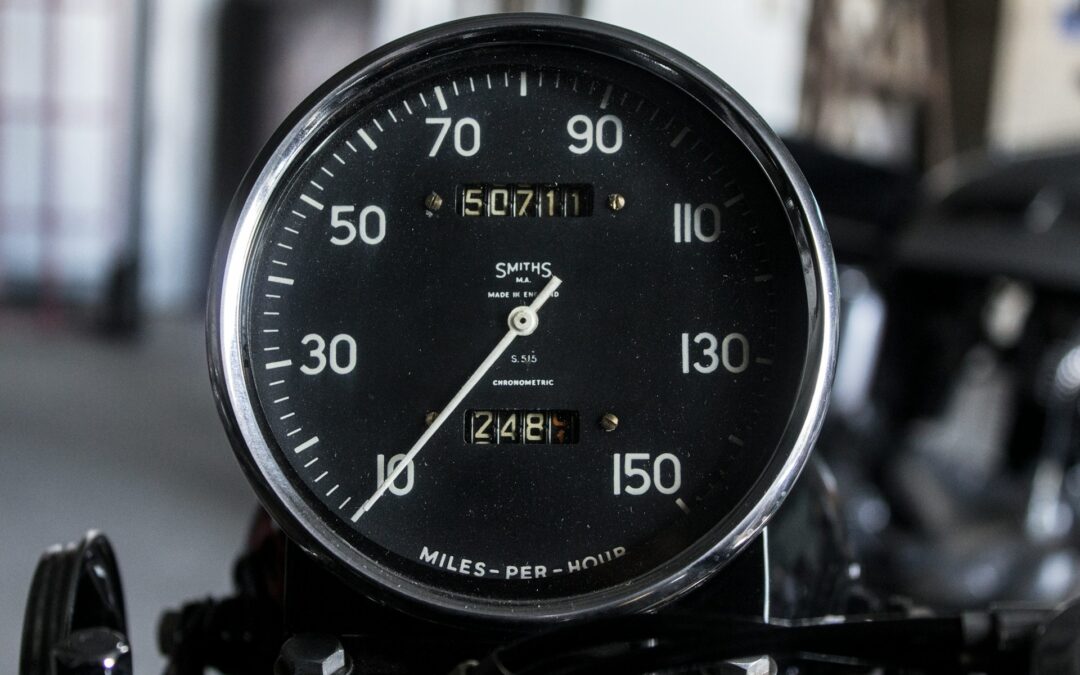Construction, property, and home repair businesses often supply vehicles to employees for personal and professional use. While these initiatives streamline business operations and help employees feel more connected to your company, the benefit can come at a cost to the Australian Taxation Office (ATO).
Join us as we delve into the ins and outs of car fringe benefits, providing a definition, calculation, vehicle list, and exemptions.
What Are Car Fringe Benefits Taxes?
Firstly, fringe benefits taxes (FBT) apply to the benefits you provide employees in addition to their regular salary or wages. Eligible perks include (but are not limited to) low-interest loans, off-site entertainment, seminars, and company-owned cars for private employee use.
You must self-assess your own liability across the FBT year, running from 1st April to 31st March the following year. Payments are due on 21st May or 25th June if an agent submits on your business’s behalf.
Between 31st March 2021 and 31st March 2025, the ATO’s car FBT rate is 47%. As of 2024, FBT only applies to personal portions of use.
Car FBT Calculation
There are two ways to calculate your FBT liability:
- Statutory Formula: Take 20% of the car’s base value equivalent to its original price before registration, stamp duty, and business customisations.
- Usage Calculation: Split the car’s value and operating costs between the personal and professional use percentages.
We recommend using a logbook and taking mileage pictures at the start and end of the FBT year. These actions track personal and professional travel and prevent overpaying.
How to Differentiate Car Usage
Use the following table to calculate private and professional usage:
| Private Use | Professional Use |
| Undertaking private tasks, like running errands, shopping and visiting friends or relatives. | Travelling between customers, vendors, and other business locations during the workday. |
| Home garaging (except in emergencies) involves storing the car in a private garage not owned or affiliated with the business. | Travel between work and home unless employees stop to complete significant personal tasks. |
| Private hire of business-owned cars. | Leaving the car at a business-owned car park or garage. |
Which Vehicles Qualify for Car FBT?
By definition, the ATO recognises cars as a motor vehicle weighing one tonne or less able to carry four to nine passengers. The ATO may not consider dual cab UTEs weighing more than one tonne a car, even if it has the approved number of seats and wheels. Motorcycles, vans, and trucks are excluded from this definition.
Do Car FBT Exemptions Exist?
You remain exempt from car FBT in the following circumstances:
- You provide a single or dual cab UTE that weighs one tonne or more, can carry eight or more passengers, or weighs below one tonne but does not carry passengers
- You operate taxi cars.
- You drive a modified vehicle, like a hearse
- Minor private travel that is infrequent or irregular
- Travel between home and work
- Minor incidental stops en route between business-related destinations
Our team of experienced, fully qualified accountants have an eye for detail. They take the time to get to know you and your business, ensuring a service that is tailored to suit your individual requirements. Our team is committed to delivering you a personal and high-quality service. Contact us today for guidance with your business.


Recent Comments